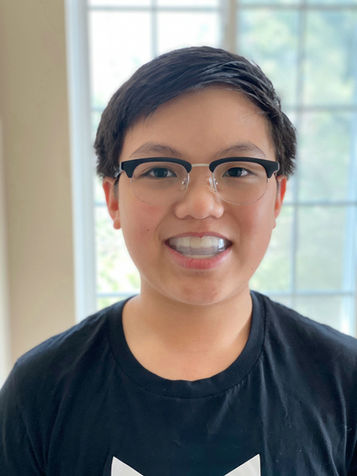Sleep Disordered Breathing Symptoms
How HealthyStart® Addresses the Symptoms of SDB

Emotional Behavior and Depression
Much like ADD/ADHD, there may be a deep-rooted issue causing your child to behave so emotionally. Sleep Disordered Breathing stops children from breathing thoroughly throughout the night, causing fatigue and insomnia, which in turn affects their emotional responses in their day-to-day lives, as their sleep is consistently affected.
Crooked Teeth, Overbite/Overjet, Teeth Grinding and Underdeveloped Jaw
Poor positioning of teeth is a clear indicator of an underdeveloped jaw and an undeveloped airway. An underdeveloped jaw doesn't leave enough room for teeth to grow in properly, causing issues, such as overjet and overbite. It also signals that your child's airway may be obstructed, as there isn't enough room for complete airflow.


Mouth Breathing
Consistent mouth breathing is a sign that there could be something more serious going on with your child. Mouth breathing is associated with snoring, irritability, slow growth rate, inability to focus and sleepiness. The underlying cause of mouth breathing in children is usually an obstruction in their nasal airway, which forces them to make up for their need for oxygen through their mouth.

ADD/Academic Challenges
There is not a test for ADD/ADHD; it is merely a checklist, and many of the symptoms associated with ADD/ADHD (inability to focus, impulsivity, distractibility, irritability, etc.) are actually signs that your child may have Sleep Disordered Breathing.
Bedwetting, Snoring & Sleep Apnea
Sleep Disordered Breathing (SDB) is characterized by airway obstruction during sleep, causing a child to "snore", or rather gasp for air when asleep. A child's arousal response and bladder pressure are also affected by SDB, explaining why they may be bedwetting. This airway obstruction also leads to improper air intake, which causes snoring and sleep apnea.

Interested in our appliances? Call 844-KID-HEALTHY or email contact@thehealthystart.com
How to Get Healthy-Started
3 Steps to Treatment with the HealthyStart® System

#1 Take the Quiz
Fill out our quiz to find out if your child is a candidate for the HealthyStart® System. Once you have submitted the quiz, a HealthyStart® team member will review it and contact you regarding next-steps.

#2 Find a Provider Near You
A HealthyStart® team member will contact you about recommended doctors in your area, or, if you choose to do so, you can find a provider yourself through the doctor locator.

#3 Customize Your Plan
Once you find your preferred provider and make an appointment, discuss a customized plan with them to ensure optimal results from the HealthyStart® System for your child.





















